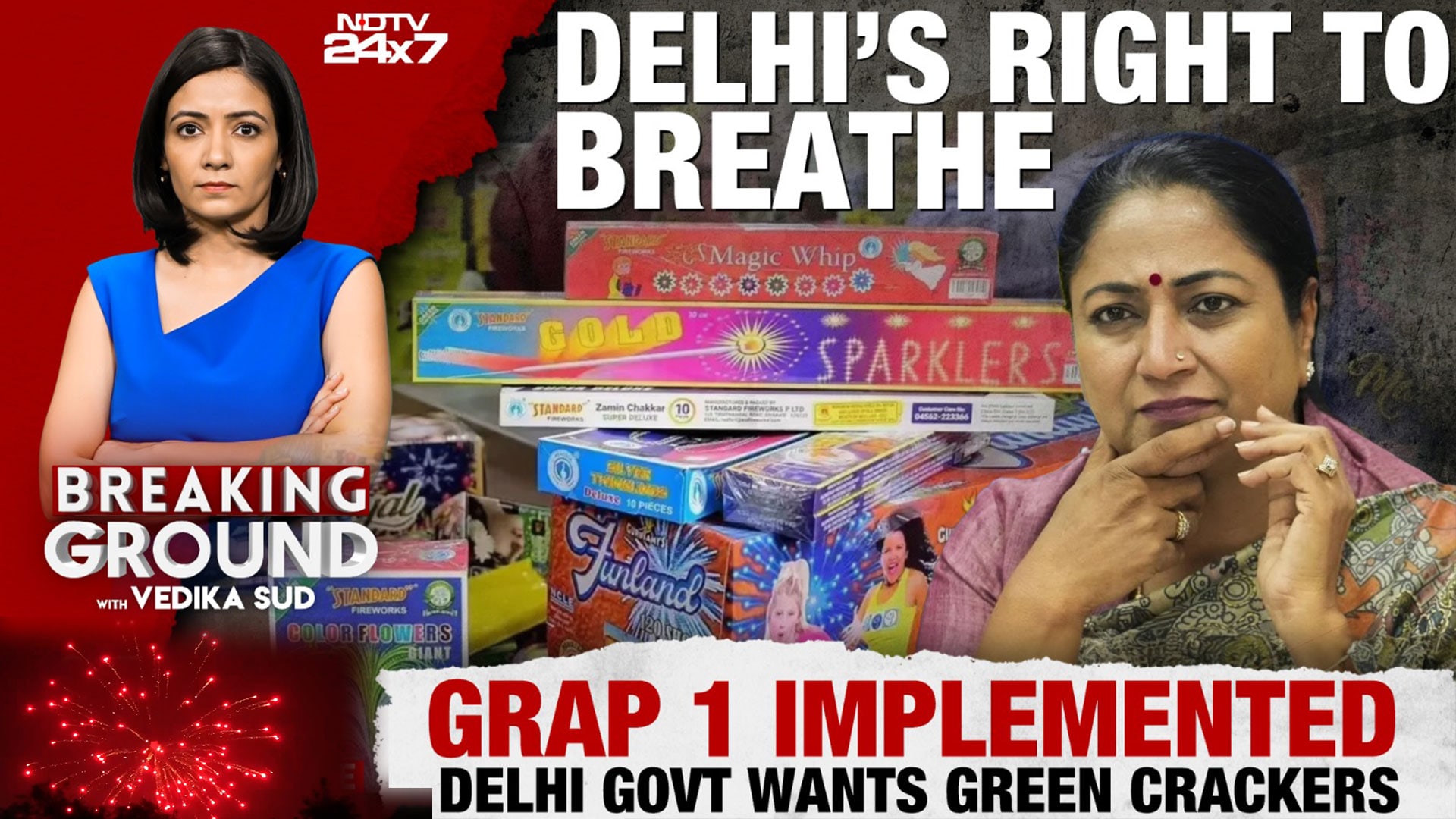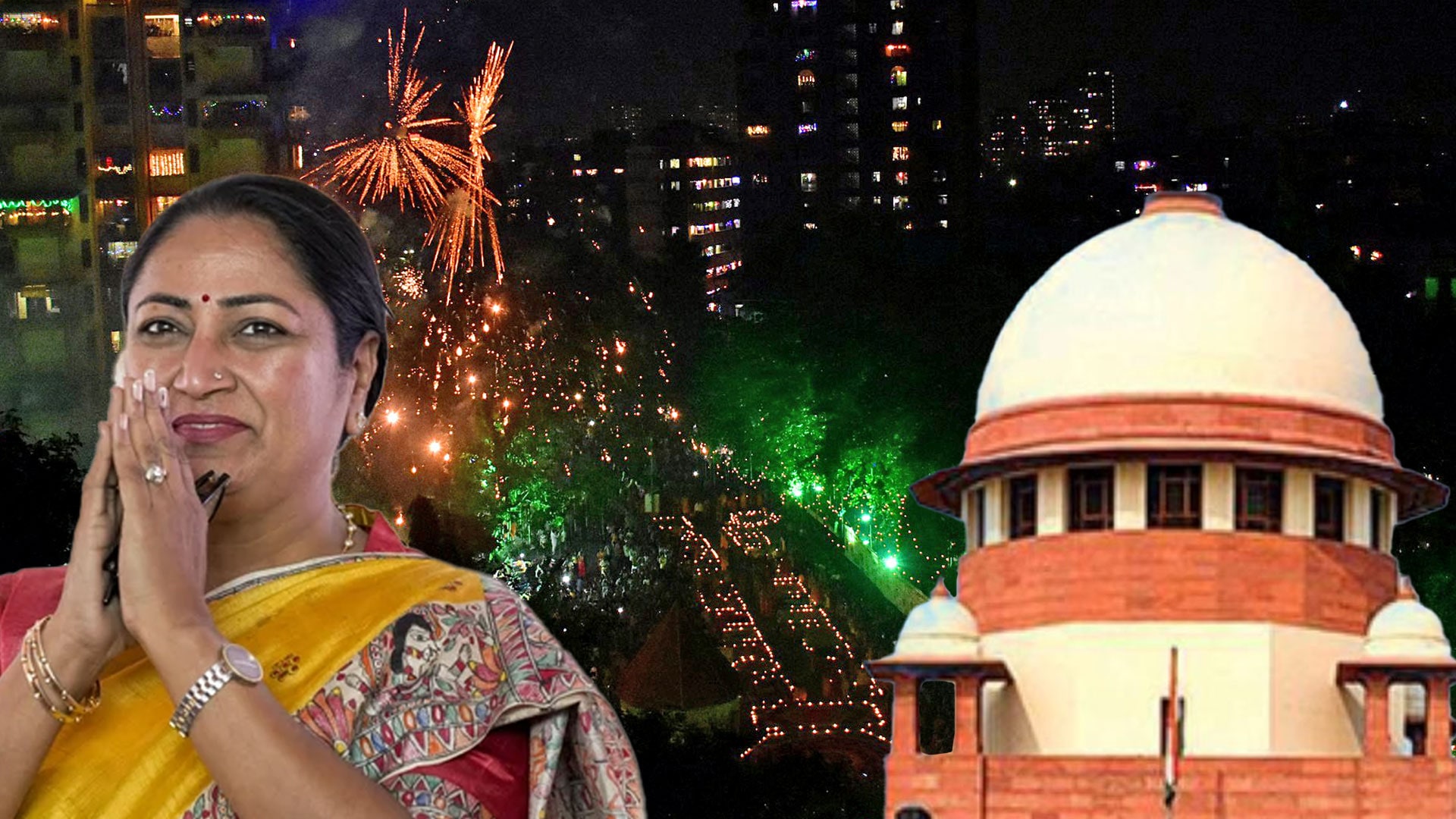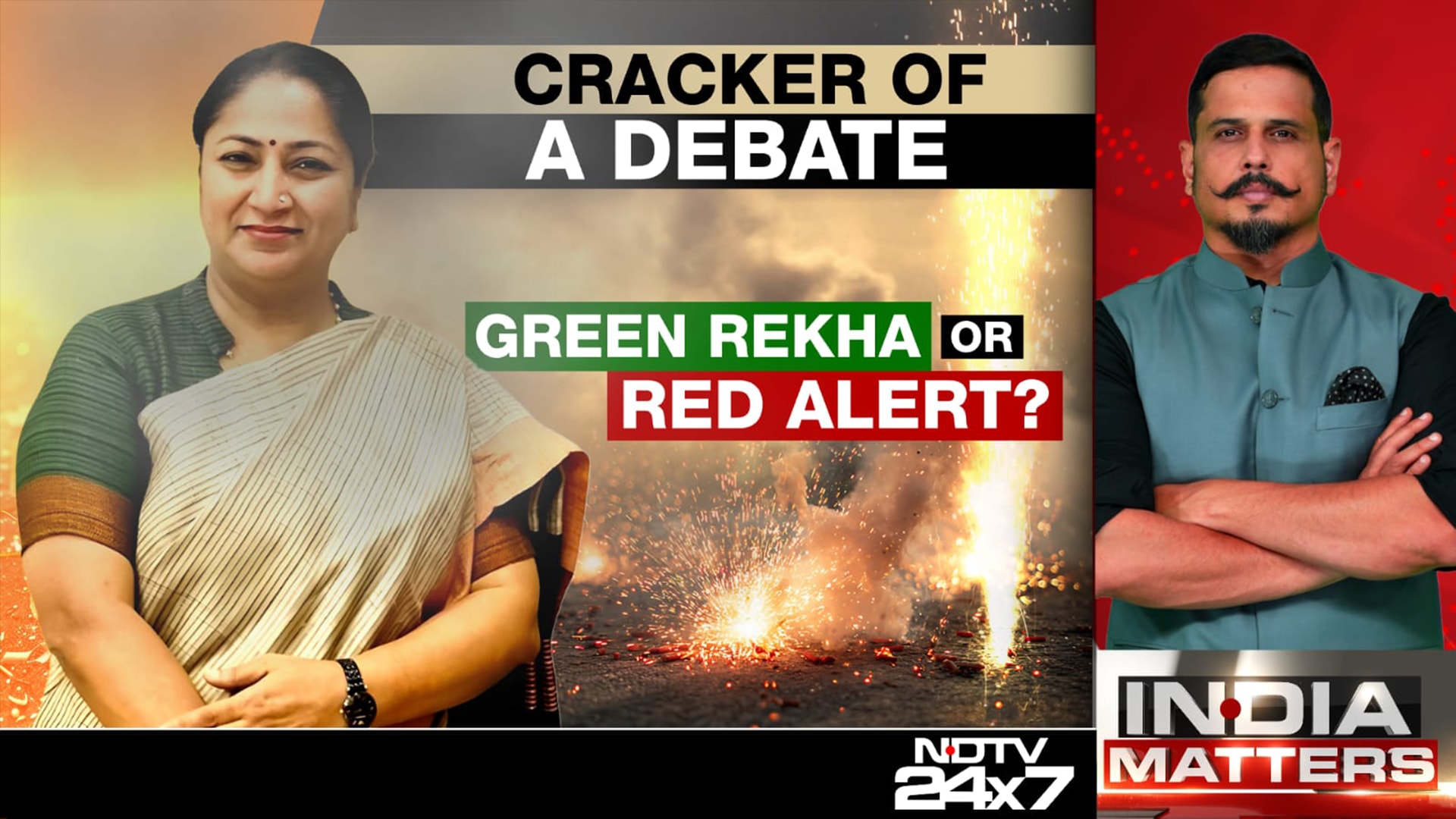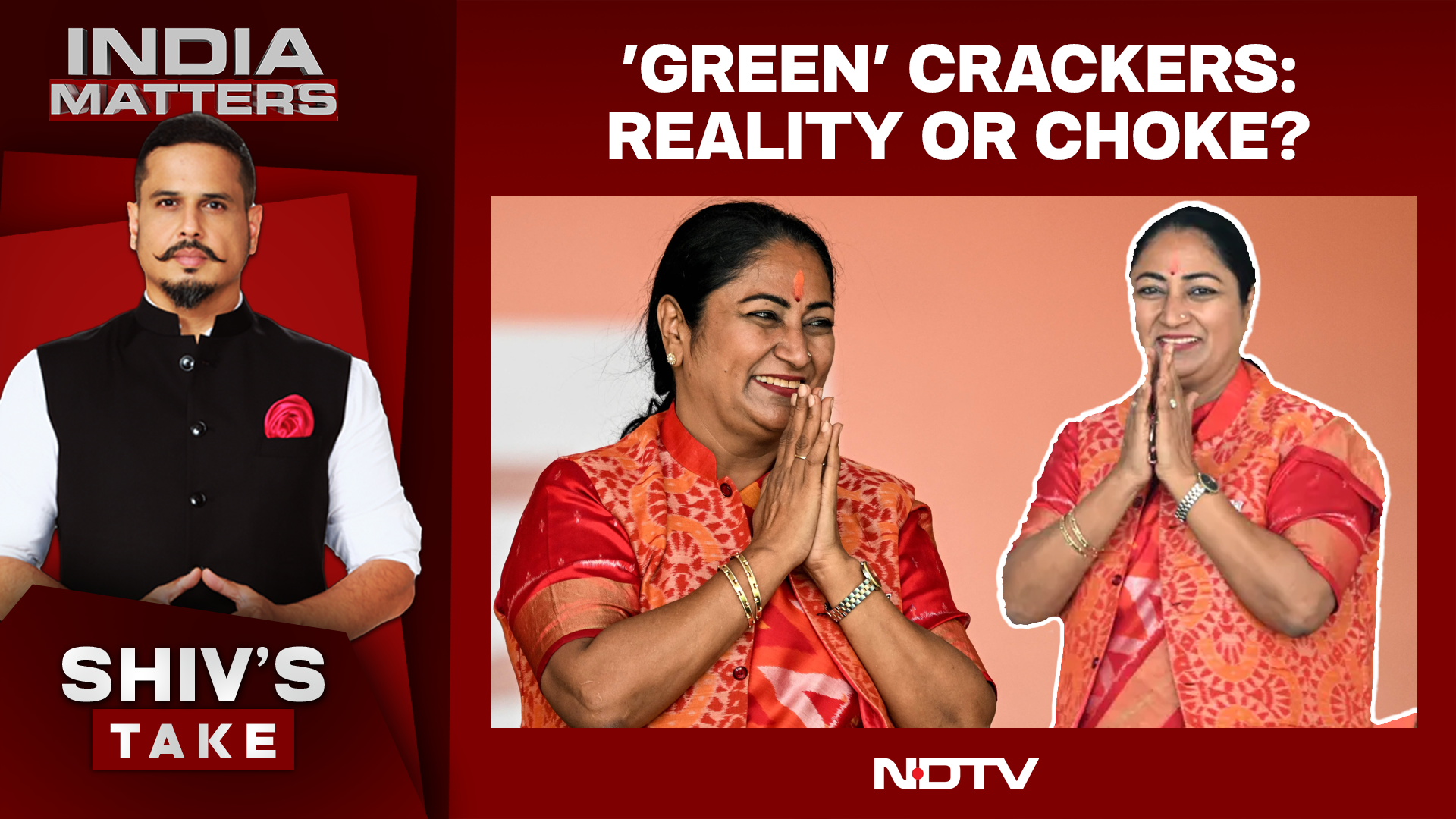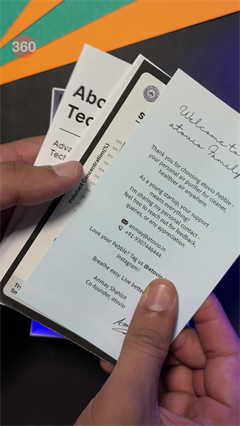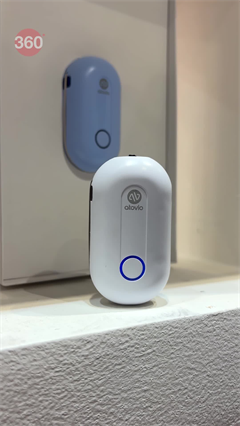- Home/
- Cloud Seeding In Delhi Likely In 2-3 Days As Air Quality Dips Ahead Of Diwali
Cloud Seeding In Delhi Likely In 2-3 Days As Air Quality Dips Ahead Of Diwali

Delhi Environment Minister Manjinder Singh Sirsa on Wednesday announced that if the weather conditions are favourable, the government will conduct cloud seeding or artificial rain in the coming two to three days. This comes a day after the Commission for Air Quality Management enforced curbs under the phase one of the graded response action plan (GRAP-1) as the air quality index (AQI) crossed 200.
GRAP coming into effect, that too a week before Diwali, is the first sign of upcoming severe levels of air pollution in Delhi during the winter season.
Amid this, the Supreme Court on Wednesday gave a nod to sale and use of green crackers on Diwali, attempting to strike a balance between managing pollution and ensuring people get to celebrate Diwali.
Cloud seeding, GRAP, and green crackers - they might appear to be isolated orders, but the goal is one - curtail pollution in the national capital, Delhi.
Cloud Seeding In Delhi
Sirsa said that pilot training for cloud seeding has been completed. "If the weather conditions are apt in the coming two to three days, then with the IMD's approval, the government will be ready within three hours to conduct the exercise," Sirsa said.
"We are happy to inform you that even with over-aged vehicles on road...we were able to get clear skies for most number of days this year," he added.
Delhi has been meaning to conduct artificial rain for at least three months now. Initially the plan was to conduct cloud seeding between July 4 and 11. But the idea of inducing rain during monsoon, when pollution levels are relatively low, drew criticism. However, according to the experts, monsoon clouds are required for the seeding.
Following expert recommendations from the India Meteorological Department (IMD) and the Indian Institute of Tropical Meteorology (IITM), Pune, the plan was shifted and the window between August 30 and September 10 was chosen.
What Is Cloud Seeding
Cloud seeding is the process of adding special substances like silver iodide and dry ice to clouds to make it rain or snow in areas experiencing water scarcity, less snowfall, or to reduce hail and clear fog. It can be done using airplanes, rockets, or machines on the ground.
The formulation, developed by IIT Kanpur, includes silver iodide nanoparticles, iodised salt, and rock salt.
Delhi's Infamous Air Pollution
Delhi remained India's most polluted megacity by a wide margin during the 2024-25 winter, with an average PM2.5 concentration of 175 micrograms per cubic metre, according to an analysis by the Centre for Science and Environment.
The air pollution in the city is reducing citizens' life expectancy by an average of 11.9 years compared to the World Health Organisation's (WHO) guidelines, according to a report by the Energy Policy Institute at the University of Chicago (EPIC).
also read
Delhi's Air Quality 'Very Poor', 5 Stations Record AQI Above 300
Press Trust of IndiaFirecrackers, Pollution And Your Lungs: Be Prepared Ahead Of Diwali Smog Season
Written by Shreya GoswamiWinter Is Coming: Anti-Pollution Curbs Imposed In Delhi For 1st Time This Season
Reported by Ravish Ranjan Shukla, Shreya Ghosh, NDTV News Desk





